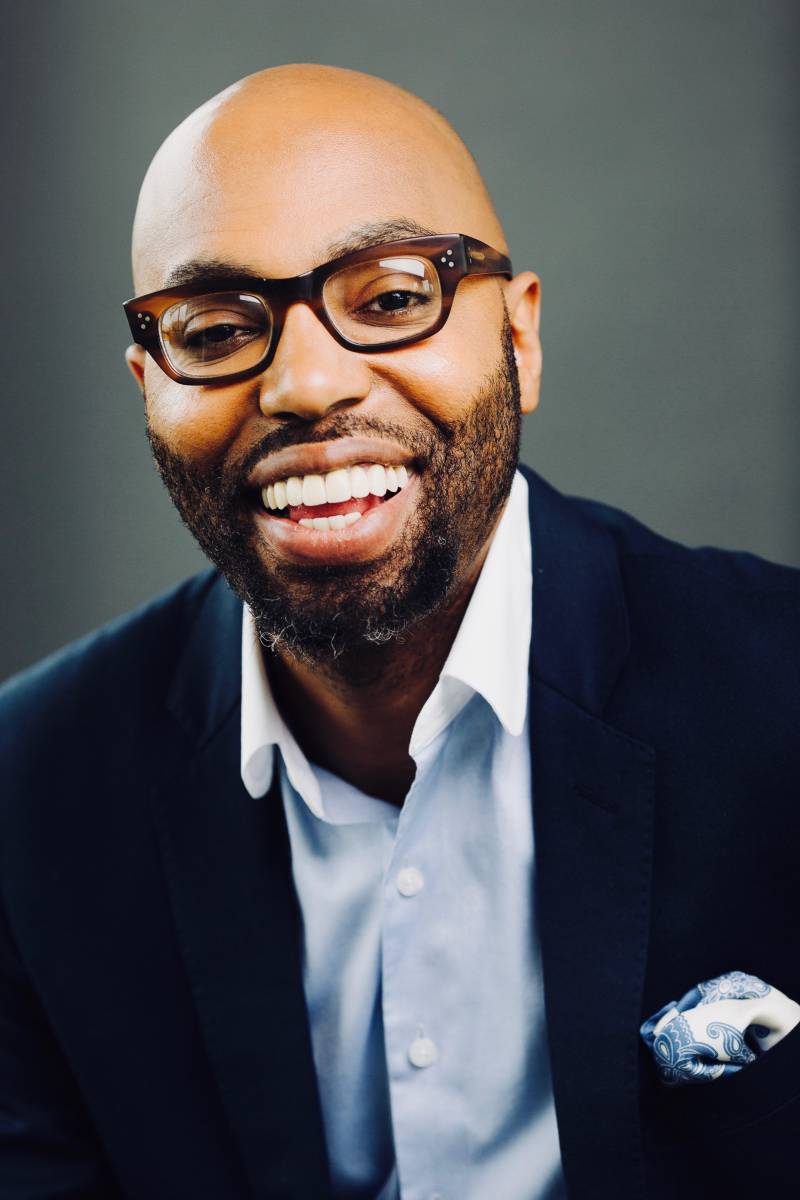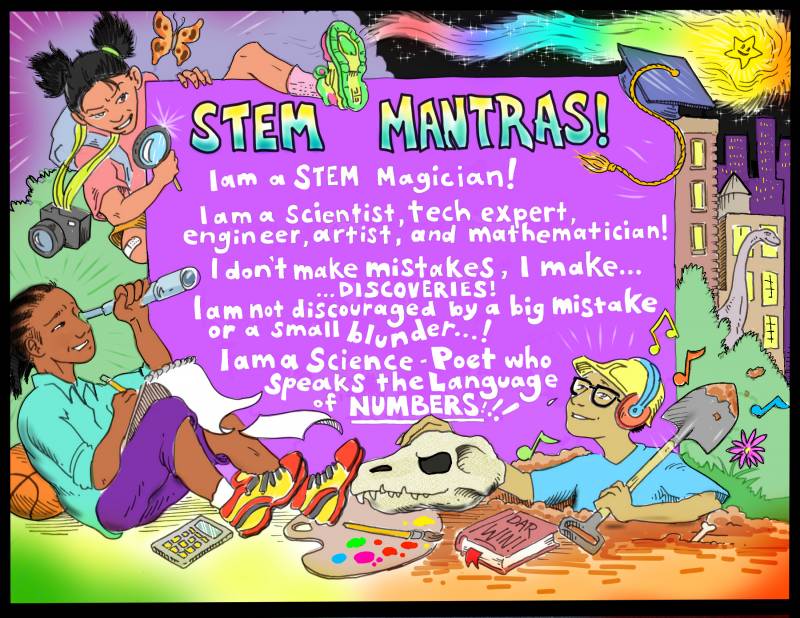The following is an excerpt from "STEM, STEAM, Make, Dream: Reimagining the Culture of Science, Technology, Engineering, and Mathematics" by Christopher Emdin, Ph.D. Copyright 2021 Houghton Mifflin Harcourt
STEM ability is distributed evenly across the populace. STEM identity is created when that natural ability is fostered by human activity. We are at our very core scientific creatures, but we believe in our STEM selves when the world reinforces what we are. When you think about a baby being born, the very first set of knowledge they are using is scientific knowledge. They are smelling their environment and making observations in the world. They are not using English. They are not using history. They are using math and science. They are making observations, identifying patterns, testing hypotheses, and drawing conclusions. Once they start associating language with what they are seeing, they start expressing what is unfolding before them. There is magic in that unleashing, that revealing. This process is the foundation of STEM. This is what we need to build on in classrooms. Unfortunately, it is not what contemporary STEM education focuses on.
Today, if we ask young people, STEM is not about giving voice or language to observations and questions. The only thing it unleashes or reveals is that it is hard and not for everybody. Hundreds of interviews I have held with young people from urban classrooms about science reveal that many students simply believe that “science is hard.” Many of these students, particularly those who were not doing well in science or mathematics classrooms, also believe that the reason they are not doing well is that they are not “smart enough.” This idea of the “hardness” of science and, by proxy, STEM is important to deconstruct.
For many, the hardness of STEM is associated with it being academically challenging and with folks not being able to engage with it. In reality, the hardness is about the inflexibility of STEM and the fact that it does not bend to the needs of the person engaging with it. If I attempt to engage with a topic and find it hard, I blame myself without considering that there is something about the subject that is unapproachable. The perception is that the fault cannot possibly be with the academic subject or the methods used to teach it. This flawed approach to thinking about STEM does not consider the more expansive view of the concept of hardness and the notion that if the subject bends to me or my interests, I can forge a relationship to it that increases my desire to spend more time with it. Time spent equals familiarity. And familiarity eventually equals fluency in the language of the “hard” subject. What is hard becomes malleable enough to wrap around you once you are familiar with the language it speaks.
Make no mistake: this is not an argument for making subjects easier or less rigorous. Instead, it is an argument for making STEM subjects easier to embrace. It is about recognizing the traumas we create when we convince otherwise intelligent people that there are subjects too mentally challenging for them. This misstep overshadows the real issue, which is that the subject was likely presented poorly, spilling over with meanings attached to words like smart or hard.

Christopher Emdin is professor and program director of Science Education in the Department of Mathematics, Science, and Technology at Teachers College, Columbia University, where he also serves as associate director of the Institute for Urban and Minority Education. The creator of the #HipHopEd social media movement and the Science Genius program, he is the author of the New York Times bestseller "For White Folks Who Teach in the Hood . . . and the Rest of Y’all Too" and "Urban Science Education for the Hip-Hop Generation." You can follow him on Twitter at @chrisemdin.


